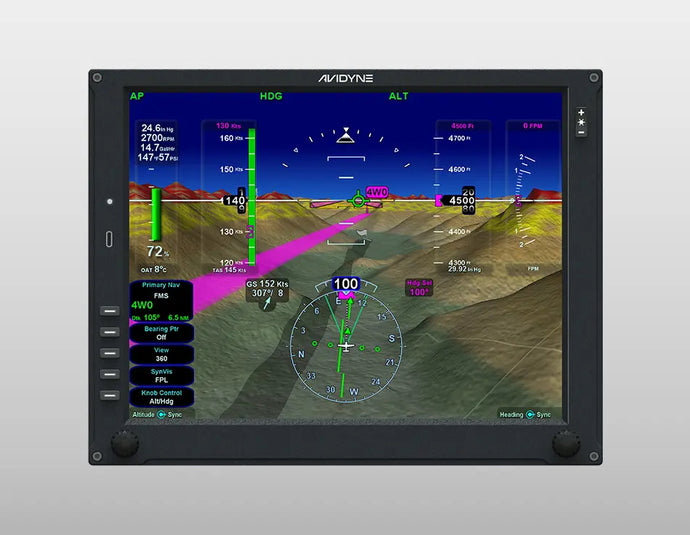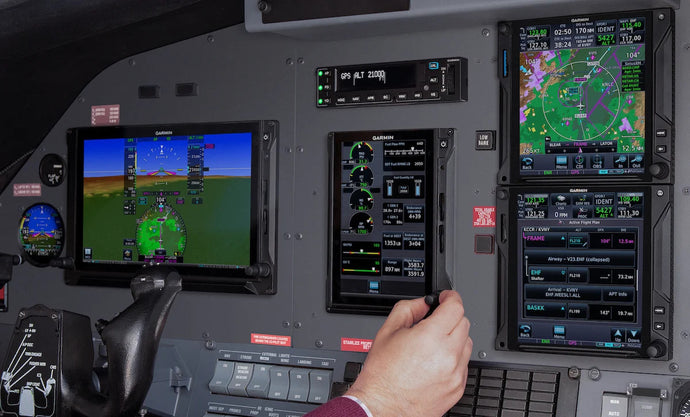With less than two-years to go until the deadline, there is still a lot of confusion and misunderstandings surrounding the FAA’s ADS-B 2020 mandate. Need some straight talk? Get the basics with our “ABC’s” of ADS-B
It’s time to clear up the confusion about ADS-B from a pilot who has all the right answers. Why? Simply, it’s just one of those things that’s still as misunderstood today as it was when it was introduced in 2010. So, with the deadline fast approaching, it’s time to clear up the confusion and help you make the right compliance decision for your type of flying.

A is for ADS-B Avionics
As part of the FAA’s NextGen ATC upgrade program, ADS-B was created as a better way to manage air traffic.
It does not depend on ground-based ATC radar for aircraft separation. Instead, each aircraft actively broadcasts its GPS position, altitude, airspeed and direction to one of 700 U.S. ground stations that then redistributes that information to the appropriate controllers.
At the heart of the airborne system is the ADS-B transponder, which comes in two versions: ADS-B Out and ADS-B Out / In. The ADS-B Out unit is the only one required as part of the mandate deadline because it automatically broadcasts your aircraft’s information to ATC. The ADS-B Out / In transponder not only sends data out, but it also takes datalinked information in.
That data includes free TIS-B traffic, FIS-B graphical weather, NOTAMS, METARS and more
Because the traffic and weather are free, you don’t need a monthly subscription, which helps to offset the cost difference between the basic ADS-B Out and the more-capable ADS-B Out / In unit. As spelled out in the rules, the ADS-B Out transponder must be certified and panel mounted and you need an approved WAAS GPS source, which some units have built-in.
To view the ADS-B In information, you can use an approved portable source, like an iPad, to display the weather and traffic, allowing you to take advantage of the larger-format display.
Unfortunately, ADS-B Out and ADS-B Out / In aren’t the only choices you have to make when selecting your equipment. There’s also the 1090 / 978-frequency question.
A 1090 Extended Squitter (ES) transponder is the only ADS-B technology accepted outside the U.S. for altitudes above 18,000 feet.
The 978 Universal Access Transceiver (UAT) units are created primarily for piston aircraft flying below 18,000 feet. So, it’s really pretty easy to make that decision.
B is for Better Situational Awareness
While the FAA is mandating ADS-B Out implementation by December 31, 2019, the truth is pilots should do it now. Why?
Because it offers more features than current radar; ADS-B provides a more dynamic picture of what’s going on around your aircraft.
ADS-B In has the benefit of realtime traffic information pretty much anywhere you fly.
C is for Better Situational Awareness is for Compliance Deadline
If your aircraft is not compliant on January 01, 2020 you can’t fly. At least in a substantial percentage of U.S. airspace and the FAA has made it clear that they are not going to extend the deadline. So there’s no need to put it off
For some straight talk on how to get started, please contact our sales team to discuss your compliance options:
Sales@LEAvionics.com
(714) 955-6151










